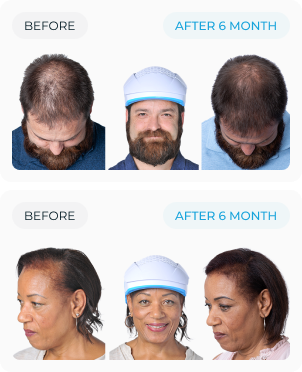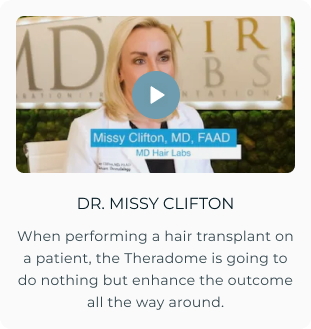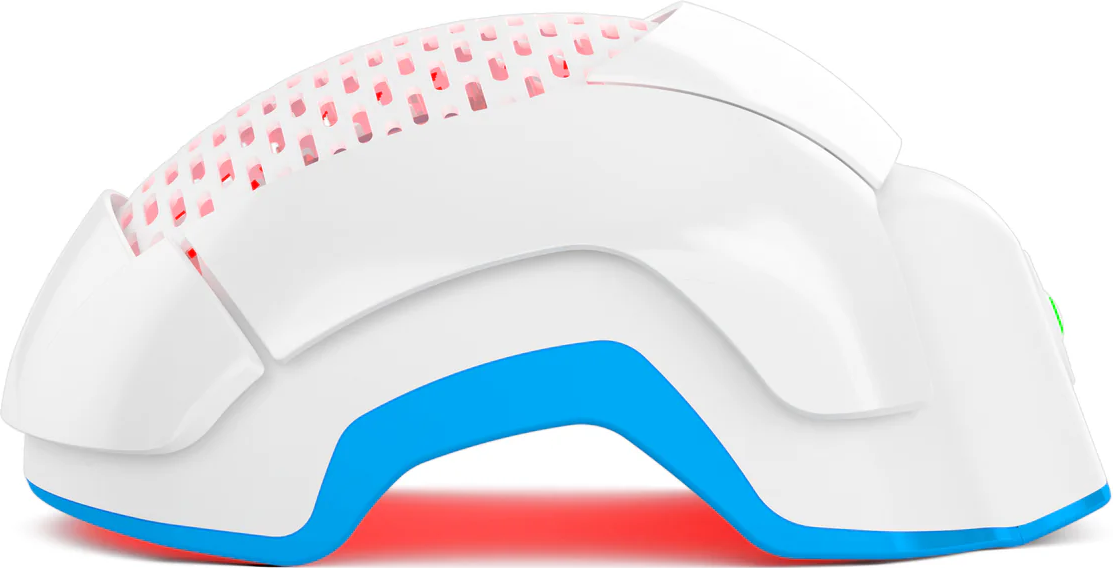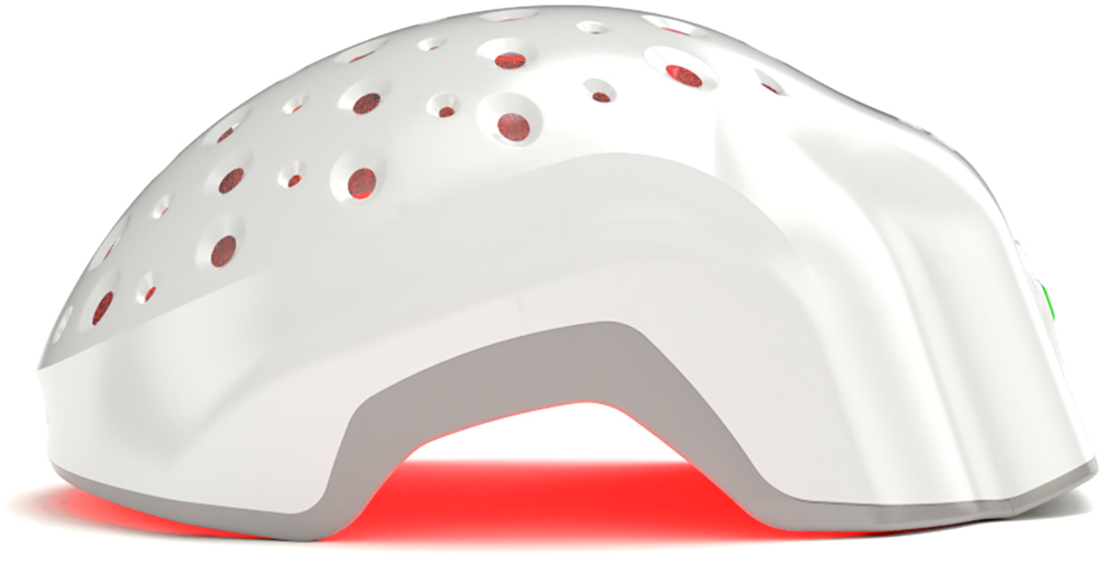There’s something quietly offensive about how your hair behaves as you age. First, it greys. Then it thins. Then—just to really round things out—it slows down, like it’s unionized and now taking extra-long breaks between growth cycles.
So, does hair grow slower as you age? That’s a real, physiological shift that most people don’t notice until they realize their once-bouncy growth has taken on the pace of a lazy Sunday.
This slowdown isn’t just about aesthetics. It’s about biology dialing things back. Hair follicles take longer to regenerate, the hair growth cycle shortens, and the visible volume just… doesn’t bounce back the way it used to.
But here’s what people often miss: slower growth doesn’t always mean inevitable loss. There’s more to this age-hair equation than panic and thinning parts. Let’s get into what’s actually happening, why it’s happening, and what you can (realistically) do about it.
How Aging Affects Your Hair?
Aging doesn’t just leave its mark on your skin—it has a curious way of rewriting the rules for your hair too. The changes aren’t dramatic at first, which is why they tend to fly under the radar. Until they don’t.
Gradually, your follicles slow their roll. Texture changes. Volume thins. Growth? That gets stingier. And while all of this is biologically normal, there’s more nuance here than a single birthday could explain.
Changes in Hair Growth Cycle?
Hair grows in a cycle—anagen (growth), catagen (transition), and telogen (resting). But that cycle doesn’t stay static for life. As you age, research shows that the anagen phase shortens, while the telogen phase extends. In plain terms, hair doesn’t grow as long, or as often, and it stays “resting” longer before it sheds.
This shift means you’re losing hair more often than you’re growing it. Even if it’s subtle at first, over time it adds up—and what once took a few months to regrow now feels like a cruel test of patience. It’s not just slow hair growth. It’s a biological downshift.
Follicle Miniaturization and Stem Cell Aging
Now let’s talk shrinkage. We’re talking about follicle miniaturization, a hallmark of aging. Over time, the stem cells responsible for regenerating those follicles begin to show signs of DNA damage and fatigue. This leads to finer, shorter, and weaker strands.
And when stem cell exhaustion hits, some follicles stop producing hair altogether. They're not dead—just dormant or... semi-retired. That’s one reason thinning hair with age isn’t just about growth speed, but follicle survival.
What Are the Signs of Slow Hair Growth Due to Aging?
If you’ve started counting the strands left behind on your pillow or wondering why your ponytail looks more like a thread than a rope, chances are your follicles are aging faster than your birthday candles.
- Thinner, finer strands: Hair shaft diameter reduces with age. What once felt like strong, springy strands now feels fragile—and doesn’t hold a curl or volume quite the same way.
-
More shedding and slower regrowth: Prolonged rest phase (telogen) means more time between shedding and new growth. It’s not just falling out; it’s refusing to come back on your schedule.
-
Visible scalp or reduced volume: Density decreases. Especially around the crown or temples. For many, it mimics male or female pattern hair loss, even if that’s not the root cause.
Why Does Hair Grow Slow with Age?
There’s no single villain here. Aging is a sneaky, multi-pronged thief when it comes to your hair’s vibrancy. Below are the culprits science has consistently flagged:
Hormonal Changes
Estrogen, testosterone, DHT—your hormones are doing a slow shuffle as you age. And every step of that hormonal dance impacts hair growth. Lower estrogen or unbalanced testosterone shortens the anagen phase, meaning hair grows for a shorter period before shedding. The result is age-related hair loss that doesn't always follow textbook patterns.
Reduced Blood Flow to Follicles
Circulation declines with age. And those blood vessels around your follicles, they start slacking off. Less oxygen. Fewer nutrients. Slower cell turnover. Hair needs fuel to grow, and if your scalp’s supply chain is slowing down, so is your hair production.
Also Read: How to improve blood flow to your hair follicles?
Genetics
Yes, it might be in your genes. Some people have a genetically shorter anagen phase, and when combined with age-related triggers, it leads to slower regrowth or pattern thinning. Whether it’s androgenetic alopecia or just familial sluggish follicles, your DNA plays a hand.
Environmental and Lifestyle Stressors
Let’s not forget your choices (and vices). UV exposure, smoking, poor nutrition, chronic stress, and even microbiome disruption can slowly degrade follicle health. The more wear-and-tear your scalp endures, the faster hair checks out.
How to Maintain Hair Growth with Age?
Slower growth isn’t inevitable—but it does require more effort than it used to. Here's what actually helps (backed by science):
1. Improve scalp circulation
Regular, gentle scalp massages (not clawing at your scalp like it owes you money) help stimulate blood flow. That means better nutrient delivery to your follicles.
2. Eat a nutrient-rich diet
Protein, iron, zinc, omega‑3s, vitamins D and B12—each of these nutrients plays a role in follicle support. And no, a gummy vitamin can’t fix a junk-food diet.
3. Reduce stress and protect from sun
Chronic stress elevates cortisol, which messes with your hair cycle. UV rays break down collagen and weaken hair at the root. Between meditation and SPF for your scalp, you've got options.
4. Use mild hair care
Swap the harsh shampoos and daily heat styling for gentler products, better tools, and regular trims. Moisture balance is follicular self-respect.
5. Advanced treatments
If thinning’s already happening, don’t rely on rosemary oil and hope. FDA-approved hair growth solutions like minoxidil, spironolactone (for hormonal thinning), PRP, and Laser Phototherapy LPT offer clinical support.
Where Theradome Fits Into the Science?
Among laser-based treatments, Theradome hair growth device stands out because it’s FDA-cleared and built around actual science. It uses Laser Phototherapy (LPT), also referred to as Low-Level Light Therapy (LLLT), to stimulate blood flow, energize weakened follicles, and push them back into the growth phase. The goal is to get follicles functioning again with consistent, clinically validated stimulation.
Conclusion
Hair doesn’t get the memo that you’re still fabulous at 40, 50, or 60. It responds to biology, not attitude. And yes, hair growth slows down with age, but it’s not a switch—it’s a gradient.
You can’t reset time, but you can shift the odds. With better habits, smart nutrition, scalp TLC, and clinically backed support, it’s possible to have hair that keeps showing up for you. Slowly? Maybe. But strong, healthy, and visibly fuller is still very much on the table.

























